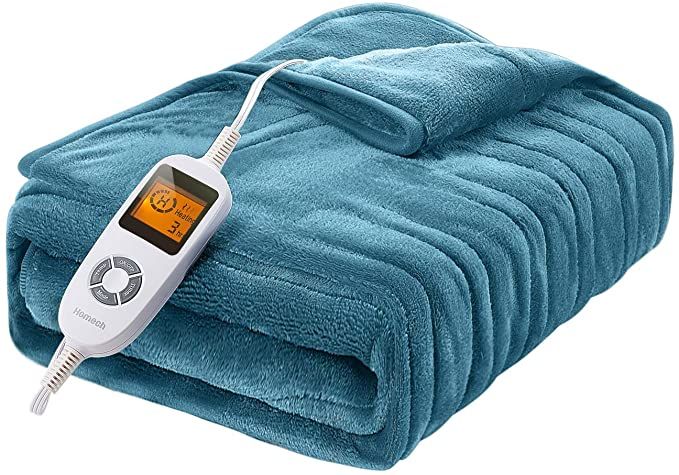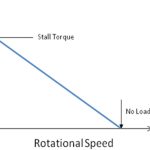Electric blankets, as the name suggests, are blankets that use electricity to provide warmth to the user. An electric blanket is not only warm and comfortable but also provides all the features of a conventional blanket, making things cozier for the user. Electric blankets are sometimes also used as substitutes for heating pads, mainly to provide relief to sore parts of the body.
Technically, an electric blanket is a network of thin insulated wires that are sewn into the fabric of a conventional blanket. These thin wires generate heat internally with the help of a temperature controlling device. In the following article we will learn about electric blankets and their working.

Brief History
Electric blankets were first introduced into the market way back in the early 1900s. However, the initial electric blankets were not user friendly with their bulky size and improper insulation, which made them extremely dangerous.
The true value of electric blankets was first realized in late 1920s when doctors started using electric blankets for tuberculosis patients who were required to spend considerable amount of time in open air. Later, electric blankets became extremely popular with both rich and poor as an inexpensive way to fight cold.
Earlier electric blankets were made with adjustable thermostats to control temperature. However, due to lack of safety their manufacturing was stopped. Later thermostats were replaced by rheostats.

Construction and Working
As mentioned earlier, an electric blanket consists of grids of thin electric wires that are sewn into the inner fabric of a conventional blanket. The wires do the function of a heating coil when electricity is passed through them. The wires are arranged in either rows or columns and have a rheostat attached to control the temperature of the blanket.
A rheostat is a two terminal variable resistor which controls the temperature of the electric wires by varying the resistance in the current. Using Ohm’s law, which states that the resistance and current are inversely propositional, the rheostat controls the temperature of the wires on its own. Thus, the rheostat not only controls the temperature of the wires but also measures the body temperature and controls the wire temperature accordingly. The rheostat also assures even heating throughout the blanket without increasing temperature at a particular spot in the blanket.
Most of the modern electric blankets also have an external temperature control unit which helps in adjusting the heat manually. Moreover, they are made up of carbon fiber wires and work on only 24 volts, making them more efficient and safe. Modern electric blankets also have a shutoff mechanism which automatically shuts of the heating system when a certain high temperature is reached. Electric blankets with carbon fiber wires produce infrared heat which not only facilitates heating faster but is also more safe and efficient.

Safety Concerns
As electricity is involved in its working, electric blankets are considered an easy source of shock and fire. Thus it is advised that older electric blankets shouldn’t be used to prevent accidental fires and electrocutions. Moreover, some people have also claim that continuous exposure to electric field leads to cancer. Though this claim has not been proved completely, as a measure of precaution, an electric blanket should be stored in such a way that its internal heating system is not disturbed. Moreover, it should also be checked with an electrician once or twice a year.
Advantages
The main advantage of an electric blanket is that it provides efficient heating at low cost. Moreover, it runs on an extremely low voltage and thus helps in saving energy. Electric blankets can also be used as both blanket and bed sheet to preheat the bed. Programmable blankets which shuts down after few hours save substantial energy and money. Thus, electric blankets are portable, easy to use, and cost effective.



Comments are closed